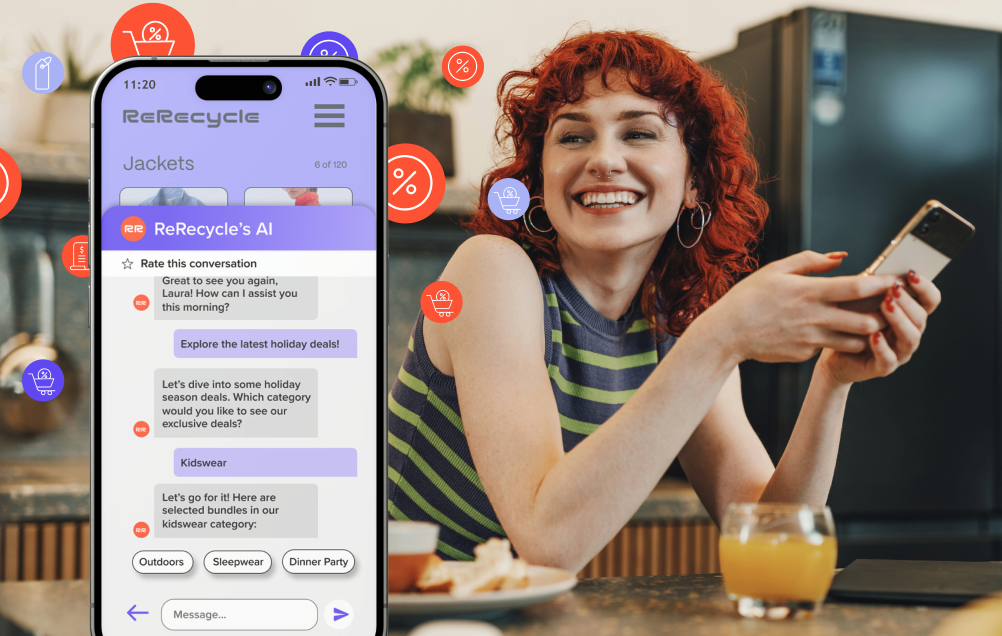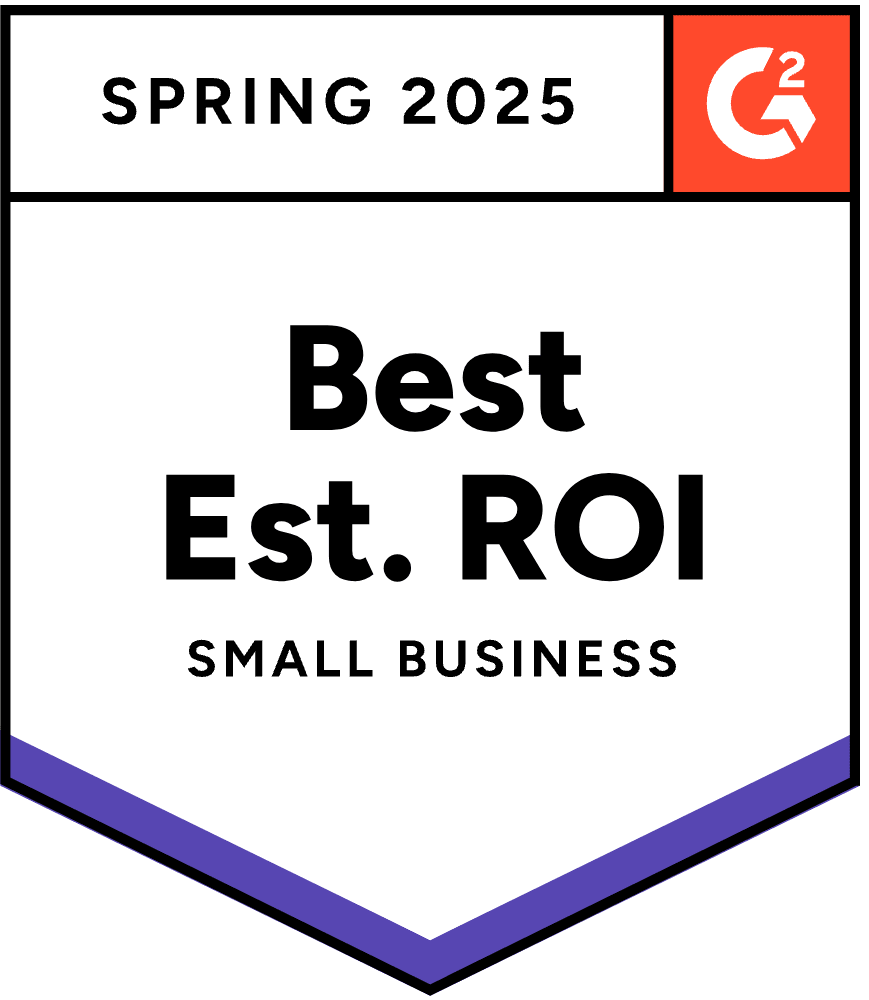Breaking Through Growth Ceilings: Expert Strategies from Jonathan Levine on Scaling D2C Brands
It’s common for direct-to-consumer (D2C) brands to hit growth plateaus. It’s a pivotal moment where the challenge is to find new ways to attract customers and boost revenue while ensuring a strong foundation for long-term growth. In our recent webinar, Jonathan Levine, shares invaluable insights into how D2C brands can navigate these challenges. Watch the full conversation:
Let's dive in to some of the key takeaways from the conversation that struck as as invaluable for growing your business through the right marketing moves:
1. Establishing a Strong Brand Foundation
Jonathan's approach emphasizes the importance of brand before scale. "What's the unique value proposition of your brand?" he asks. Before diving into growth strategies, brands must define who they are, why they exist, and how they meet customer needs. Without this foundation, rapid growth can lead to misaligned expectations and diluted brand value.
Many D2C brands rely on direct response or performance marketing for rapid scale. While this can drive short-term gains, Jonathan highlights that brand-building efforts are essential for long-term success. A clear and consistent brand foundation helps attract and retain loyal customers, fostering organic growth and a community of engaged buyers.
Key Takeaway: Invest in building a clear brand identity and positioning that resonates with your target audience. Focus on product quality, customer service, and brand values to create a foundation that supports sustainable growth.
2. Acquiring Customers: The Right Channel at the Right Time
Customer acquisition can be costly and complex, especially for D2C brands in competitive markets. Jonathan advises focusing on one core acquisition channel first, particularly for brands with limited resources. "Start with one channel, get really good at it, and understand where your audience is," he suggests. Many D2C brands opt for Meta (Facebook and Instagram) ads as a starting point, but the key is to adapt based on where your target customers spend their time.
Creatives play a significant role in paid media success. Jonathan notes that compelling ad creatives tailored to the audience can optimize engagement, reduce acquisition costs, and improve conversion rates.
Key Takeaway: Begin with one acquisition channel, master it, and use data insights to guide expansion into other channels. High-quality, engaging creatives are essential for optimizing acquisition campaigns and building a connection with potential customers.
3. Retaining Customers: Building Relationships Beyond the First Sale
Retention is where true brand growth takes place, particularly as the cost of acquisition rises. Jonathan emphasizes that retention isn’t just about setting up automated email flows; it’s about genuinely understanding and engaging with customers at the right moments in their journey. This starts with the first purchase—how the product is packaged, delivered, and even the unboxing experience itself.
“Retention begins with understanding your customer,” Jonathan explains. By using post-purchase surveys, segmenting audiences, and delivering personalized experiences, brands can encourage repeat purchases and foster brand loyalty. Jonathan also recommends aligning post-purchase messaging based on customer cohorts and their purchase behavior.
Key Takeaway: Effective retention marketing requires ongoing personalization and engagement. Leverage customer insights to create retention strategies that resonate with various customer segments, turning one-time buyers into loyal brand advocates.
4. Simplifying the Tech Stack: Efficiency Over Complexity
With a plethora of tools available, it’s easy for brands to get overwhelmed by tech. Jonathan advocates for a streamlined tech stack, focusing only on the essential tools that drive measurable ROI. "There’s no need for your team to be logging into three different platforms when one could do the job," he says. Keeping your tech stack simple allows your team to work more efficiently and reduces costs.
He also stresses the importance of understanding each tool’s potential impact on the business. Tech investments should be viewed not as costs but as revenue-generating opportunities. Evaluate tools based on their return on investment (ROI) and ability to simplify processes, improve customer experience, and contribute to revenue.
Key Takeaway: Choose tech tools wisely, focusing on those that deliver measurable ROI and streamline workflows. Simplifying your tech stack not only cuts costs but also boosts team efficiency, allowing for better allocation of resources.
5. Leveraging AI for Smarter Growth
Artificial intelligence (AI) is transforming the way brands operate, and Jonathan believes that even smaller brands can benefit from AI advancements. From data analysis to customer interaction, AI enables brands to make smarter, faster decisions. AI-driven tools, like chatbots, can help brands provide instant customer support, uncover valuable customer insights, and personalize the shopping experience.
For example, chatbots can reveal common customer pain points, such as confusion over sizing or shipping options. By analyzing this data, brands can make informed decisions on website optimizations or improve product descriptions.
Key Takeaway: Implement AI-driven tools to uncover actionable insights, personalize customer interactions, and streamline support. Using AI strategically can help smaller brands gain a competitive edge and respond proactively to customer needs.
6. Smart Discounting: Acquiring New Customers Without Sacrificing Profit
Discounts can attract new customers, but Jonathan cautions against overusing them. "Discounting as an acquisition strategy is tricky, and it can affect brand perception if not done right," he explains. Instead of blanket discounts, he suggests considering more strategic, targeted discounts, such as limited-time offers for cart abandoners or loyalty rewards for returning customers.
This approach not only improves the likelihood of conversions but also fosters a sense of exclusivity, enhancing the customer experience without risking brand equity.
Key Takeaway: Use discounts thoughtfully, targeting customers at the right moments. This strategy can help you convert undecided customers while maintaining brand integrity and maximizing profitability.
7. Avoiding Common Mistakes When Scaling
In his years of experience, Jonathan has seen two common pitfalls: scaling too quickly without a solid brand foundation and overlooking underlying business metrics. Rapid growth without a focus on brand identity can lead to challenges with customer retention and diluted brand value. Additionally, many brands focus on high-level metrics like revenue and ROAS without examining underlying drivers like AOV and customer acquisition costs.
Jonathan stresses the importance of a data-driven approach. “Look at what’s really driving your business metrics,” he advises. By regularly monitoring and analyzing these metrics, brands can make informed decisions, adapt to changes, and ensure sustainable growth.
Key Takeaway: Avoid the pitfalls of rapid scaling by focusing on brand foundation and data-driven decision-making. Monitor key metrics to uncover trends and challenges early, allowing your team to pivot quickly when needed.
8. Leveraging AI for Smarter Customer Insights and Support
Jonathan shared an interesting example about integrating AI tools into a brand's workflow, specifically highlighting how conversational AI platforms can simplify processes, increase conversions, and uncover valuable insights. He explained how one of his high AOV clients used an AI chat tool to better engage shoppers and free up time for their customer service team.
"What stood out to me," he said, "was how the tool wasn’t just about answering questions—it helped us understand customer behavior in ways we hadn’t considered before. For instance, we saw patterns around customers being unsure about shipping or product sizing, and that gave us the data we needed to improve both the website experience and the training of the AI itself."
Jonathan emphasized the importance of viewing AI not just as a support tool but as a source of actionable insights. "Instead of spending hours answering repetitive questions, the team could focus on solving bigger challenges, like improving communication around shipping times or making the website clearer."
By using such tools, brands can identify hidden pain points early, optimize the shopping experience, and ultimately improve both sales and support operations.
Key Takeaway: AI tools provide more than immediate assistance—they give brands the ability to address underlying issues and refine the customer experience based on real-time insights.
Final Thoughts: The Power of Adaptability and Customer-Centricity
Scaling a D2C brand requires a careful balance of brand building, customer acquisition, retention strategies, and tech optimization. Jonathan’s insights highlight the importance of adaptability and a customer-centric approach. Brands that can pivot quickly, respond to customer needs, and optimize their processes are well-positioned for long-term success.
Whether you’re a budding D2C brand or a seasoned eCommerce retailer, these strategies offer a roadmap to overcome growth plateaus and build a resilient, customer-focused brand.
About Jonathan Levine
Jonathan Levine is a fractional CMO with over two decades of experience helping brands scale through data-driven marketing, brand building, and strategic insights. He has worked with companies at every stage of growth, from early startups to Fortune 500 companies, and has a unique perspective on the challenges and opportunities facing today’s D2C brands. You can connect with Jonathan on LinkedIn for more insights and industry updates: https://www.linkedin.com/in/jonathanblevine/

.png)
.png)










